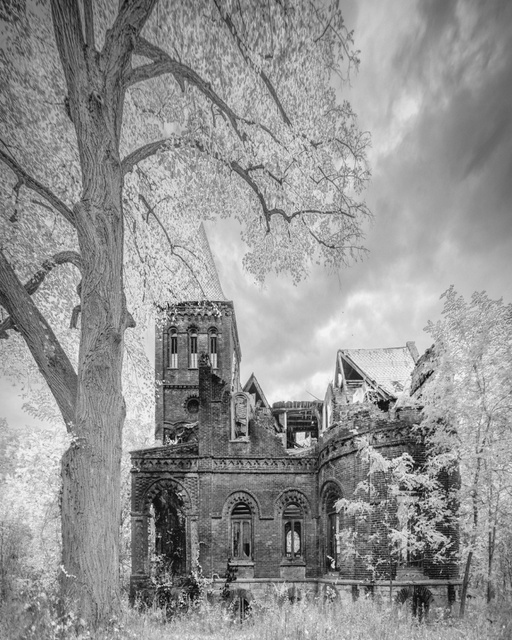
The Hudson River Valley is home to more than its share of formidable ruins, but few match the spooky appeal of Rhinebeck’s Wyndclyffe Mansion. Its beetle-browed exterior is blessed with that beguiling combination of gloom, ornamentation, and extreme old age that only the best haunted houses claim, and there’s no better time to witness them than late October, when autumn breezes send yellow leaves eddying through the hills and hollows of the old estate. It seems that the only thing this “haunted house” is missing is a good ghost story…
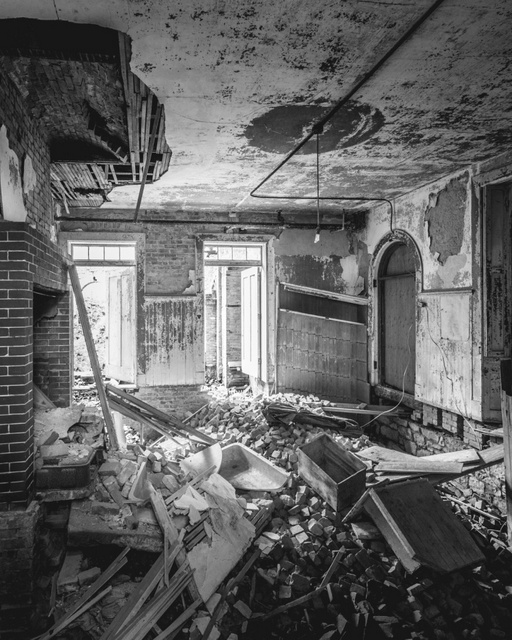
Murder, mayhem, and the supernatural don’t factor at all into the history of Wyndclyffe, but its past is compelling enough as it is. The manor was constructed in 1853 as the private country house of Elizabeth Schermerhorn Jones, who was a prominent member of an exceptionally wealthy New York family. Though palatial Hudson Valley estates were already in vogue among New York City’s ruling class, the magnificence of Wyndclyffe prompted neighboring aristocrats to throw even more money into their vacation homes so as not to be overshadowed by Elizabeth’s Rhinebeck abode. The house and the fury of construction it inspired is said to be the origin of the phrase, “keeping up with the Joneses.”
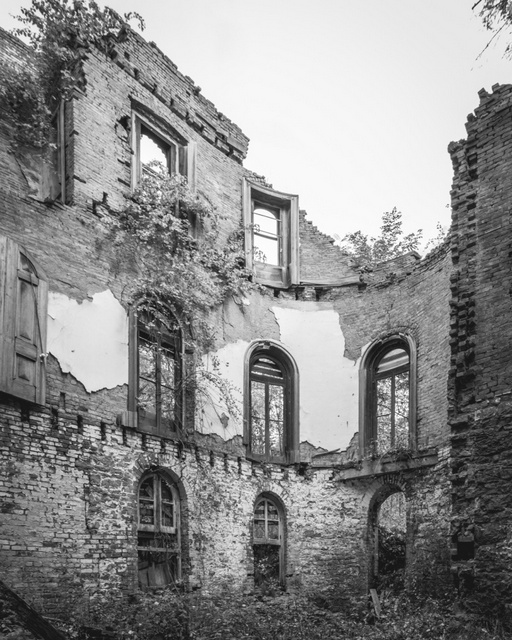
Elizabeth was the aunt of the great American author Edith Wharton, who is known for her keen, first-hand insight into the lives of America’s most privileged, which she brought to bear in classics like Ethan Frome, The House of Mirth, and The Age of Innocence, for which she won the Pulitzer Prize. (She’s also known for her ghost stories.) In her early youth, Edith would spend summers in the house, which was known by her as “Rhinecliff.” She portrayed it in less than laudatory terms in her late-career autobiography A Backward Glance (1934):
“The effect of terror produced by the house at Rhinecliff was no doubt due to what seemed to me its intolerable ugliness… I can still remember hating everything at Rhinecliff, which, as I saw, on rediscovering it some years later, was an expensive but dour specimen of Hudson River Gothic: and from the first I was obscurely conscious of a queer resemblance between the granitic exterior of Aunt Elizabeth and her grimly comfortable home, between her battlemented caps and the turrets of Rhinecliff.”
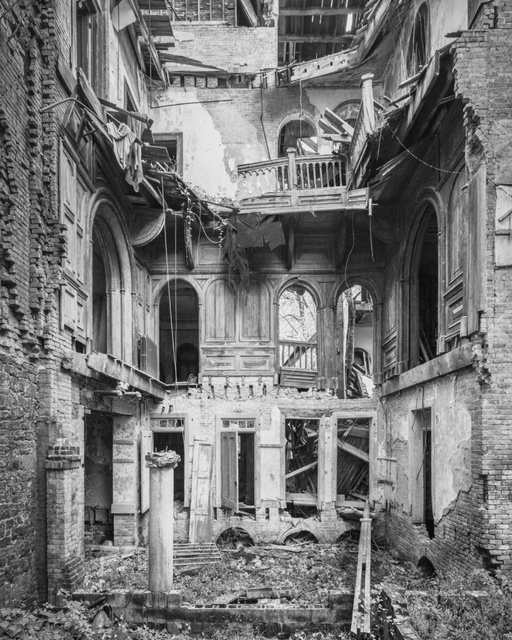
Her words bring to mind this passage from Shirley Jackson’s The Haunting of Hill House which describes the titular (fictional) structure:
“No human eye can isolate the unhappy coincidence of line and place which suggests evil in the face of a house, and yet somehow a maniac juxtaposition, a badly turned angle, some chance meeting of roof and sky, turned Hill House into a place of despair, more frightening because the face of Hill House seemed awake, with a watchfulness from the blank windows and a touch of glee in the eyebrow of a cornice. Almost any house…can catch up a beholder with a sense of fellowship; but a house arrogant and hating, never off guard, can only be evil.”
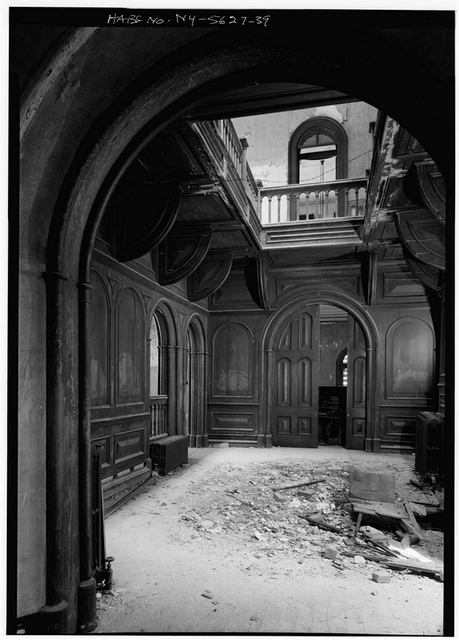
The modern eye is likely to be much more merciful to the embattled Wyndclyffe, evil or no. Its beauty is readily apparent, and arguably enhanced, by the extent of decay it has suffered through 50 years of neglect. But how does a house as expensive, distinctive, and historically relevant as Wyndclyffe end up in such a state?
When Elizabeth passed away in 1876, Wyndclyffe was sold to a family who maintained the house into the 1920s, but the succession of owners that occupied the mansion through the Great Depression struggled to keep up with the costly repairs it required. In the 1970s, the house had already been abandoned for decades as the Hudson Valley’s status as a playground for the wealthy declined. At this point, the property was purchased and subdivided, which pared down the grounds of the estate from 80 acres to a paltry two and half.
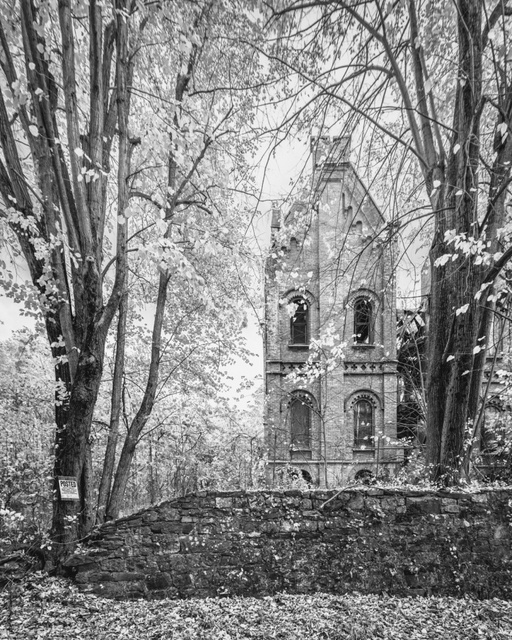
This action more than any other spelled doom for Wyndcliffe—notwithstanding the astronomical expense required to renovate a partially collapsed 160-year-old mansion, the lack of land surrounding the structure has made it an extremely difficult sell to potential buyers. While many nearby estates have been renovated into thriving historic sites after a period of neglect, Wyndclyffe has struggled even to remain standing.
A glimmer of hope appeared in 2003 when a new owner cleared most of the trees and overgrowth from the grounds, erected a fence, and announced plans to save the mansion. But as is often the case, good intentions fade in the face of financial realities. Eleven years have come and gone and the meager improvements are difficult to discern—thick saplings, tangled thorns, and shrubbery completely envelop the structure once again, and the progress of decay marches on.
Since Halloween was just around the corner, we’ll leave you with another eerie passage from Jackson’s The Haunting of Hill House, which is said by Stephen King (who should know) to be the best opening paragraph of any modern horror story. It deftly captures the uncanny appeal of empty buildings, and the persistent, however illogical, impression that a house continues to think, feel, and ruminate over its past long after it’s left behind by man.
“No live organism can continue for long to exist sanely under conditions of absolute reality; even larks and katydids are supposed, by some, to dream. Hill House, not sane, stood by itself against its hills, holding darkness within; it had stood so for eighty years and might stand for eighty more. Within, walls continued upright, bricks met neatly, floors were firm, and doors were sensibly shut: silence lay steadily against the wood and stone of Hill House, and whatever walked there, walked alone.”
Check out historic Hudson Valley estates that aren’t abandoned and very open to your visit! For more abandoned fare, check out the column Abandoned NYC.





